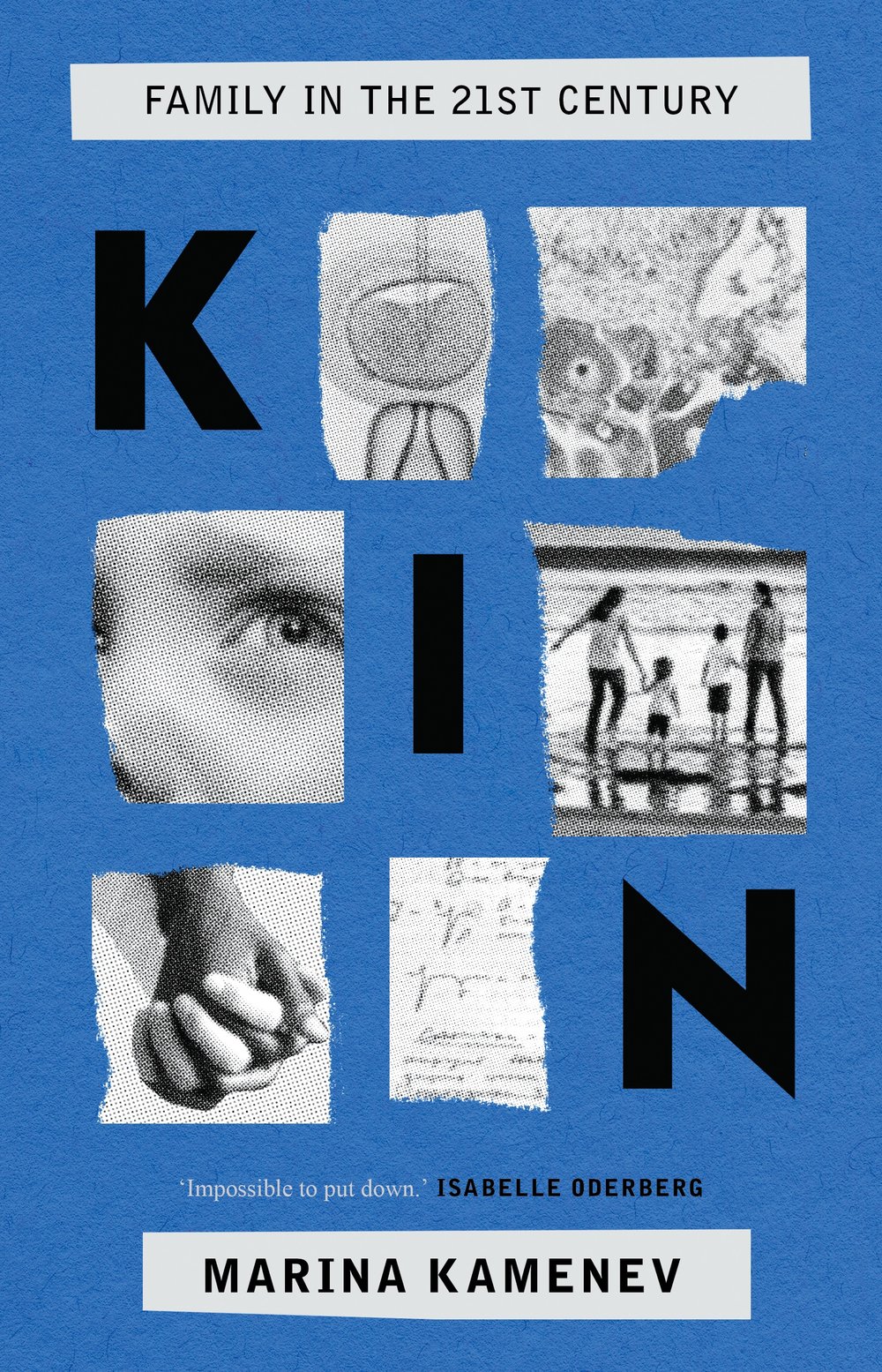Celebrate inspiring Australian women this International Women's Day 2024 with books that honour their work, achievements and experiences.

Kin: Family in the 21st century by Marina Kamanev
Kin is an investigation into what influences us to have children and the new ways that have made parenthood possible. It delves into the experiences of couples without children, single parents by choice and rainbow families, and investigates the impacts of adoption, sperm donation, IVF and surrogacy, and the potential for a future of designer babies. Assisted reproductive technology has developed quickly, and the ways in which we think and speak about its implications — both legally and ethically — need to catch up.
Underground Lovers: Encounters with fungi by Alison Pouliot
In Underground Lovers Alison Pouliot reaches down to earth, and deeper, to dwell with fungal allies and aliens, discover how fungi hold forests together, and why humans are deeply entwined with these unruly renegades of the subterrain. Melding science and personal reflection, she explores the fungi that appear after fire, how fungi and climate change interact, the role of fungi in our ecosystems, and much more.
Humpback Highway: Diving into the mysterious world of whales by Vanessa Pirotta (pre-order)
In Humpback Highway, Pirotta dives beneath the surface to reveal the mysterious world of humpback whales — from their life cycle and the challenges humans present, to why whale snot and poo are important for us and the ocean. Whether you’re a whale lover or you’re simply curious about the underwater world, Humpback Highway will inspire and give you a new respect for these majestic, marine giants.
Women and Whitlam: Revisiting the revolution edited by Michelle Arrow
The Whitlam government of 1972–75 appointed a women’s advisor to national government — a world first — and reopened the equal pay case. It extended the minimum wage for women, introduced the single mother’s benefit and paid maternity leave in the public service, ensured cheap and accessible contraception, funded women’s refuges and women’s health centres, introduced accessible, no-fault divorce and the Family Court, and much more. Women and Whitlam brings together three generations of women to revisit the Whitlam revolution and to build on it for the future.
Everywhen: Australia and the Language of Deep History edited by Ann McGrath, Laura Rademaker, Jakelin Troy
Everywhen asks how knowledge systems of Aboriginal people can broaden our understanding of the past and of history. Indigenous ways of knowing, narrating, and re-enacting the past in the present blur the distinctions of time, making all history now, with questions of time and language at the heart of Indigenous sovereignty. Edited by Ann McGrath, Laura Rademaker, and Jakelin Troy, this collection draws attention to every when showing us that history is not as straightforward as some might think.
Those Dashing McDonagh Sisters: Australia’s first female filmmaking team by Mandy Sayer
The trailblazing McDonagh sisters were the first women in Australia to form their own film production company. Between 1926 and 1933, while they were in their mid-twenties, these sassy sisters produced four feature films and a number of documentaries. In Those Dashing McDonagh Sisters, Mandy Sayer reveals the sisters’ remarkable story
The End of the Morning by Charmian Clift, edited by Nadia Wheatley (pre-order)
The End of the Morning is the final and unfinished autobiographical novel by Charmian Clift. Published here for the first time, it is the book that Clift herself regarded as her most significant work. It follows the story of Cressida Morley and her eccentric family, who live in a weatherboard cottage on the edge of a wild beach, during the years of the Great Depression. It is published here alongside a new selection of Clift’s essays and an afterword from her biographer Nadia Wheatley.
Hazzard and Harrower: The letters edited by Brigitta Olubas and Susan Wyndham (pre-order)
Shirley Hazzard and Elizabeth Harrower met in person for the first time in London in 1972, six years after they began a correspondence that would span four decades. The two women wrote to each other of their daily lives, of impediments to writing, their reading, politics and world affairs, and in Hazzard’s case, her travels. And they wrote about Hazzard’s mother, for whose care Harrower took increasing — and increasingly reluctant — responsibility from the early 1970s (precisely the period when she herself virtually stopped writing). Hazzard and Harrower is an extraordinary account of two literary luminaries, their complex relationship and their times.



















